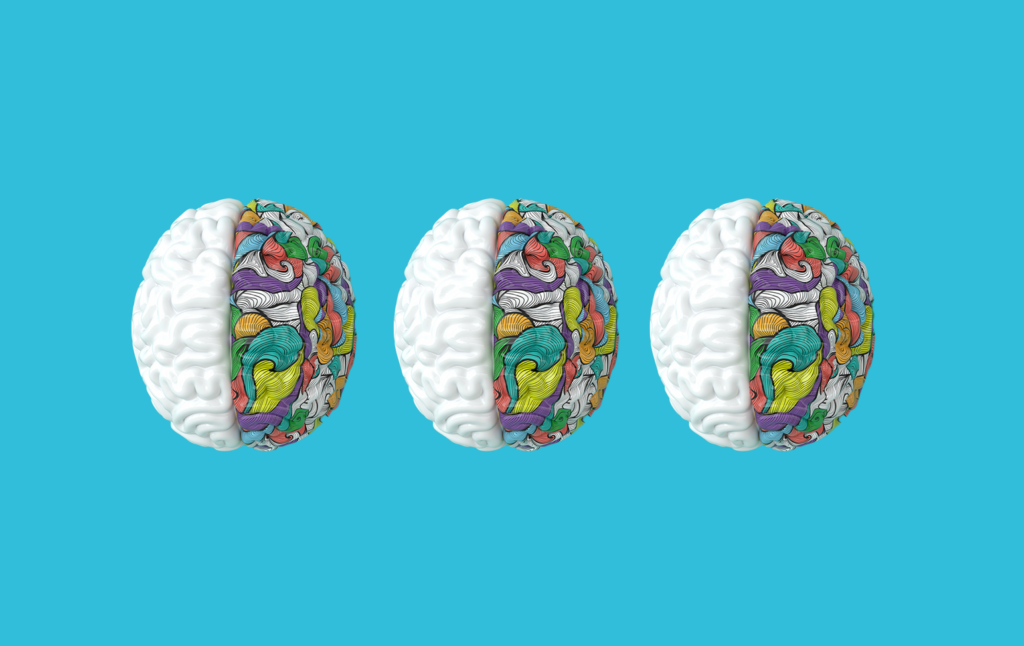When we think of science, objectivity springs to mind followed by systematic observation, experimentation, and the testing of the data in question. While art, as an expression of imagination or skill, is where nuance thrives. However, when the scientific approach is tempered with artistic thinking, it allows concepts to be viewed from more than one point of view, gives the observer more agency, and makes it a more meaningful endeavour overall. This is why we can comfortably say that continuous improvement (CI) is neither an art or a science — but a harmonious dance between art and science.
The science of CI primarily consists of analytical skills. This domain encompasses process analysis, statistical tests, systems thinking, Lean tools, and forms the data-driven side of CI. These are undeniably fundamental skills for CI practitioners and CI leaders as they form the base framework necessary for improvement. Proficiency in these scientific aspects, while essential, may not fully deliver the desired business outcomes in isolation.
What truly sets outstanding CI practitioners and CI leaders apart is something we refer to as the Art of CI. This facet involves soft skills, change management expertise, and interpersonal abilities. It’s about leveraging emotional intelligence to navigate the intricate dynamics of diverse personalities, industries, cultures, and locations. The Art of CI enables CI practitioners to connect with people, foster collaboration, and inspire effective change. It transforms data and analysis into compelling stories that engage and motivate audiences to take action for positive transformation.
CI leaders need to develop the ability to discern when to emphasise the scientific approach to provide rigour and structure and when to lean on the Art of CI to ignite inspiration and lead change effectively. Ensuring these two facets of CI are developed in parallel and maintaining this fine balance allows business leaders to harness the full potential of CI, delivering the transformative impact it promises.
Bridging the gap between concept and action
Equal parts art and science, there is no doubt that the theory behind continuous improvement is compelling. However, organisations don’t always take action when it comes CI. This is partly due to the sheer hype around the possibilities with AI, Machine learning, RPA, digital solutions and more, which seem to have given much of the business world tunnel vision. Secondly, there is a flawed perception that CI only benefits underperforming companies.
On the contrary, continuous improvement practices can help organisations go on a journey from good to great. It needs to be emphasised that understanding the concept of CI and taking action are two completely different things. For organisations that may not know where to begin or how to approach CI, Enlighten can help bridge the gap between concept and action.
Good data: The building blocks of CI
Quite often inaction stems from not knowing what action to take. This is where visibility over key processes powered by click-of-a-button access to data can play a critical role in inspiring action. Our CI practice leverages the Enlighten software, our robust CI framework, and close collaboration with clients to not only get visibility of their current challenges but use the data already available to get to the root cause of each challenge and devise effective solutions aligned with the organisation’s overarching goals.
Some organisations have even an bigger challenge—that of getting their hands on useful data in the first place. In this scenario, our CI practice begins further upstream, putting in place ways to capture the data they need to take ownership of change and then developing a relentless bias for action.
Training on tools and techniques
We also offer CI training courses specifically tailored to equip supervisors, team leaders, managers and CI practitioners with CI tools and show them how to use Enlighten data to drive improvement in their day-to-day roles. This truly adds another dimension to the breadth of skills in organisations’ leadership teams.
Sustaining the change
While the above steps inspire action, our CI practice also emphasises the ‘mindset’ needed to sustain the change. After all the phrase ‘continuous improvement’ denotes ongoing action by its very definition. This stage prepares organisations to make the pursuit of CI a relentless one, despite the challenges of competing priorities, resource constraints, or a lack of urgency or enthusiasm.
The top-down effect
Lastly, true success in CI implementation occurs when senior leaders take on an active sponsorship role. We enable leadership teams to not only set the tone for continuous improvement but also play a crucial role in developing a culture around it. This includes proactively supporting their teams in ensuring that solutions are not just conceived but effectively put into practice to see those small incremental changes—and celebrating them—while working towards more landmark goals.
CI: The Enlighten way
The Enlighten way is more streamlined than traditional CI Project delivery timelines to allow client to see ROI faster. By bringing together the aspects mentioned above, Enlighten CI creates a dynamic paradigm where CI is not just a concept but a living, breathing reality, delivering tangible benefits to organisations especially as the pressure on them to improve business performance grows – despite economic headwinds and ongoing disruption.
Having discussed the historical importance of CI and understanding how businesses can move past the theory of CI and take action, it’s time to unpack the role of leadership in moving the needle of CI. Stay tuned for our next article where we discuss the rise of the Continuous Improvement leader and their role in uniting teams around a shared purpose.


